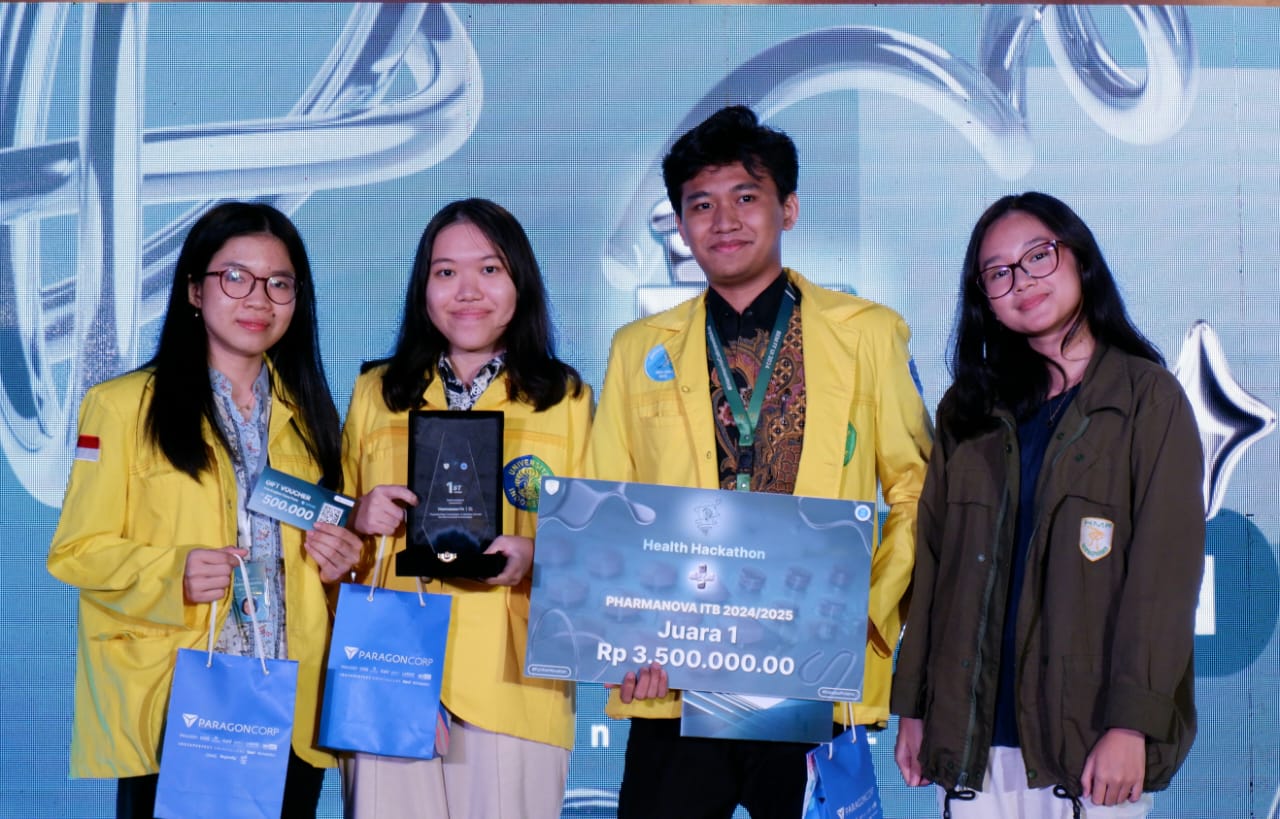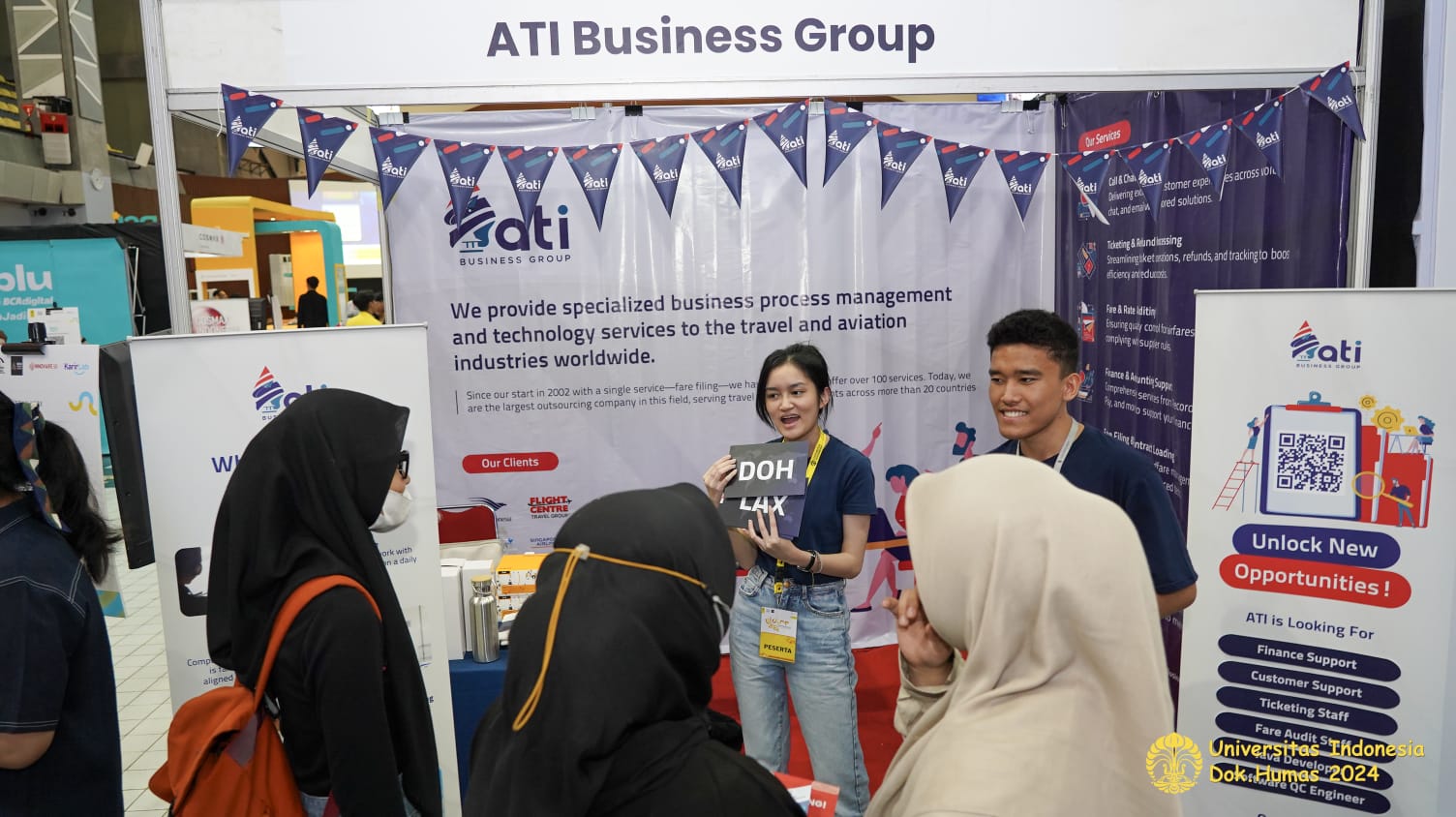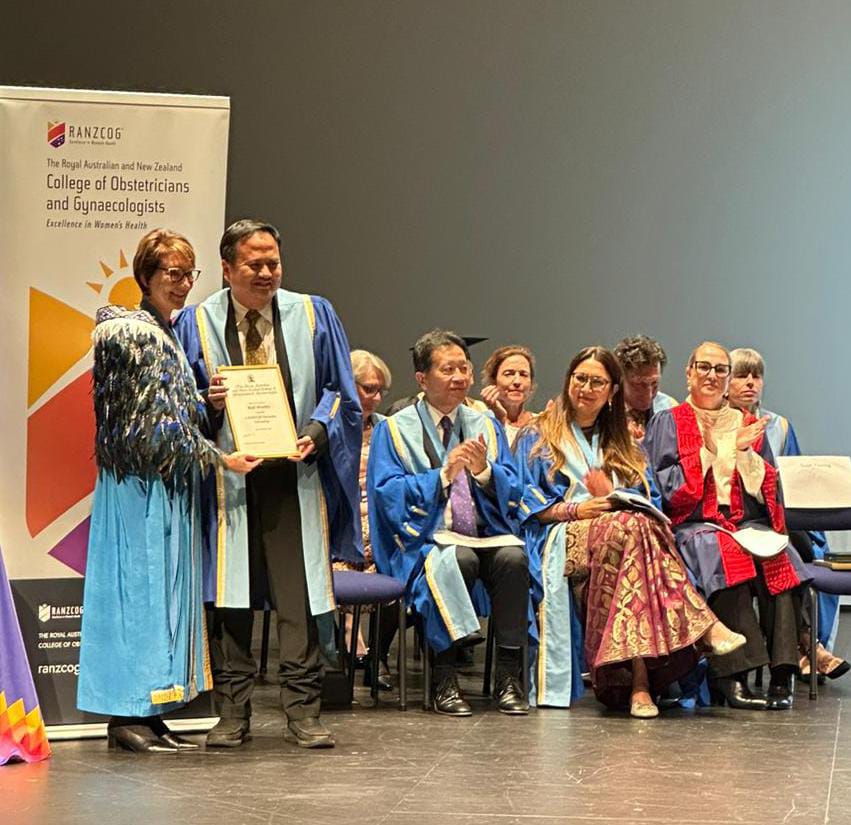Every year, the number of people with autism spectrum disorders in Indonesia increases by 500 people. This data was issued by the Ministry of Health of the Republic of Indonesia in 2022. Last year, 5,530 cases of child development disorders, including autism, who received services at community health centers were recorded. Autism is a spectrum of brain development disorders that affects the way humans interact, communicate, and behave.
To provide appropriate and immediate intervention for autistic children, early detection of autism is required through observing children’s behavior and communication patterns. Detection can be done by teachers or community health center cadres.
Therefore, Gunawan Wicaksono, A.Md.OT., S.K.M., M.Si., lecturer in the Occupational Therapy Study Program, Vocational Education Program University of Indonesia, implemented a community service at Azizah Islamic School, Cilincing, North Jakarta, to increase the awareness of teachers and health center cadres about early detection of autism. According to Gunawan, this has a significant impact. “They are in a strategic position to observe children daily. The earlier, the better intervention to support the children’s development,” he said.
Gunawan chose Azizah Islamic School for community service because the school embodies inclusion values. Besides, Cilincing is a densely populated sub-district with a population of more than 453 thousand people (Central Statistics Agency, 2023) with different economic backgrounds.
A total of 30 elementary school teachers and health center cadres participated in the community service program. Participants were invited to learn the characteristics of autism and early detection methods. Early detection of autism can be done before the age of 3 by asking seven questions about the characteristics of autism from the Modified Checklist for Autism in Toddlers (M-CHAT).
The questions are as follows: Is the child interested in other children? Does the child use his forefinger to show his interest in something? Does the child want to look into his eyes for more than 1–2 seconds? Is the child able to imitate facial expressions? Does the child react when his name is called? If we point to a toy or object on the side of the room, does the child see the object? Has the child ever played roles?
If two of the seven questions get no answer, you should be careful for signs of autism in the child. Early detection of autism with these questions is not a medical diagnosis because it can only be done by professionals. Therefore, if these signs of autism are found, it is best to immediately go for examination by a health professional to get an accurate diagnosis.
Gunawan also provided material regarding the importance of the role of the community in supporting autistic children. He said, “Cross-sector collaboration is an important synergy between universities, schools, and the community in increasing autism awareness. It is our responsibility to make a positive impact on society. Through community service programs, we can create a more inclusive society that cares for children with special needs.”
Discussion and Q&A sessions were also held at the community service, allowing participants to share their experiences and knowledge. Azizah, one of the teachers at Azizah Islamic School, said, “I am very grateful for this community service program. Knowledge about autism is vital for those working in children’s education. I hope the program will be last from now on.”



